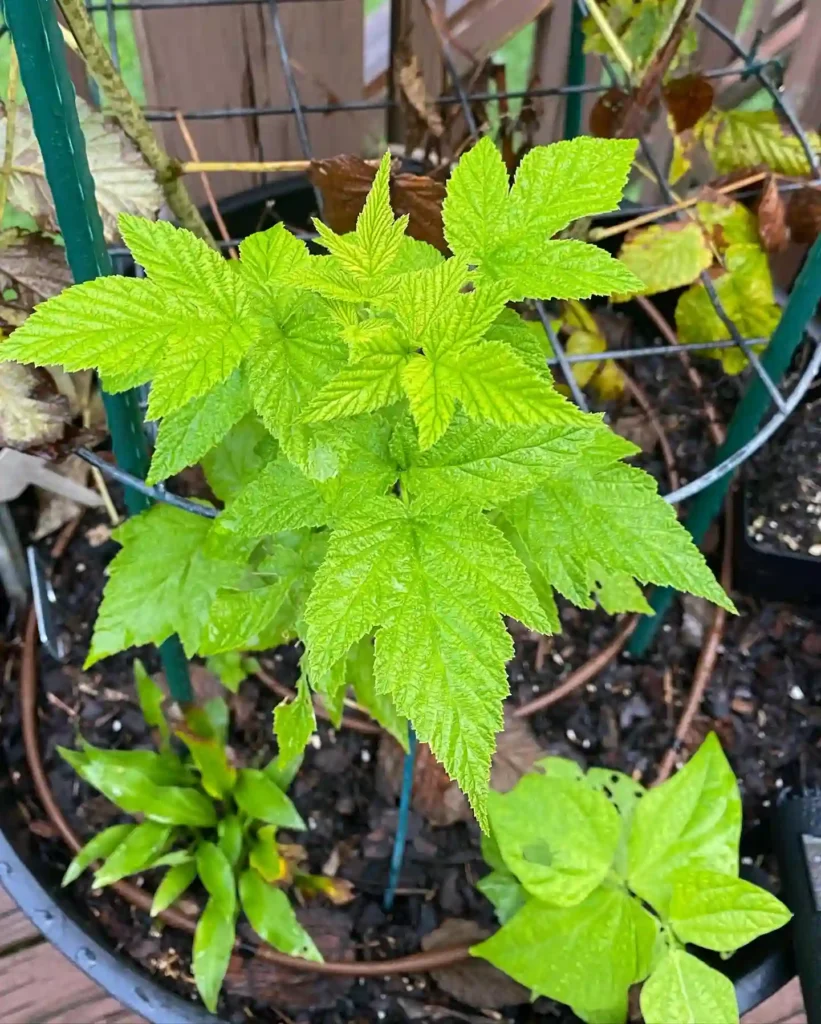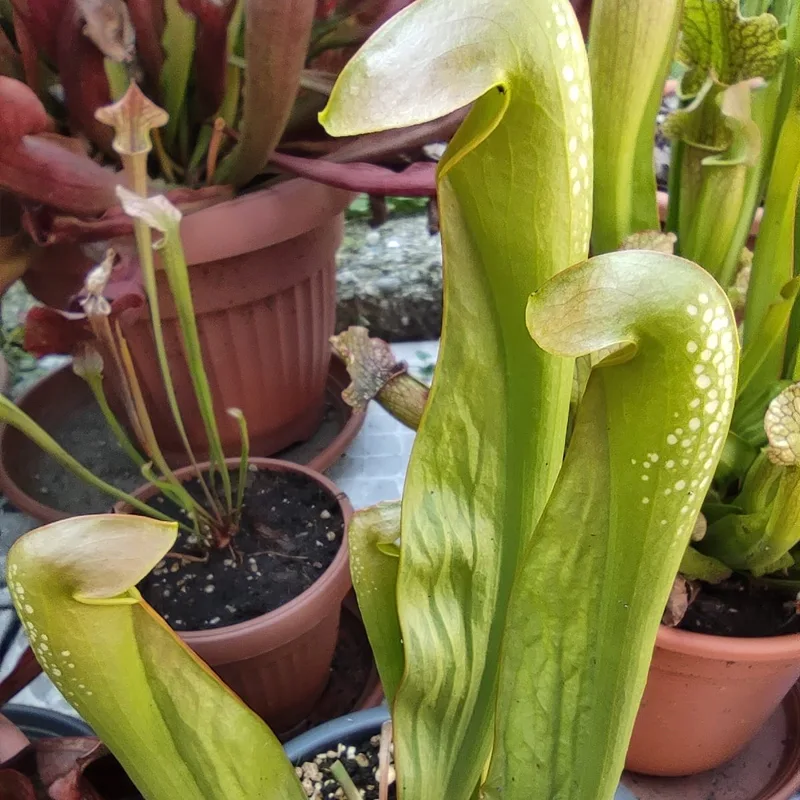Hoya Quinquenervia: A Showy Climber with Stunning Foliage
Hi, Ferb Vu here! Today, we’re diving into the world of the Hoya Quinquenervia, a captivating climber known for its stunning foliage and prolific blooms. Whether you’re a seasoned plant enthusiast or a curious newbie, this FAQ will equip you with everything you need to know about caring for this tropical beauty.
566 Species in Genus Hoya
What is Hoya Quinquenervia?
The Hoya Quinquenervia, also known as the Silver Dollar Hoya or the Five-Veined Hoya, is an evergreen climber native to the Philippines. It boasts large, glossy leaves with prominent veins, earning it the “Five-Veined” moniker. Young leaves often emerge with a reddish hue, adding a touch of drama to the foliage.
How Does it Compare to Other Hoyas?
There are over 500 species in the Hoya genus, each with its unique charm. Compared to its cousins:
- Hoya Carnosa (Wax Flower): The Quinquenervia has thinner, glossier leaves and requires slightly more frequent watering.
- Hoya Kerrii (Sweetheart Hoya): The Quinquenervia is a climber, while the Kerrii is known for its single, heart-shaped leaves.
Light Requirements: Sunbathing or Shade Seeker?
The Hoya Quinquenervia thrives in bright, indirect sunlight. It can tolerate some direct sun, especially in cooler climates. However, too much harsh sunlight can scorch the leaves. East or west-facing windows are ideal spots.
Watering Woes: When to Give Your Quinquenervia a Drink
Like most Hoyas, the Quinquenervia prefers the “less is more” approach to watering. Allow the soil to dry completely between waterings. Signs of thirst include wilting leaves and wrinkly soil. Overwatering is a major pitfall, so err on the side of underwatering.
Humidity: Keeping Your Quinquenervia Happy in Dry Climates
While average household humidity is sufficient, the Quinquenervia appreciates a little extra moisture in the air. Grouping plants together or using a pebble tray with water can help create a more humid microclimate.
Soil Selection: The Perfect Foundation for Growth
A well-draining potting mix is crucial for the Hoya Quinquenervia. Opt for a succulent or cactus mix, or create your own by combining potting soil with perlite or orchid bark for optimal drainage.
Fertilizing for Flourishing Foliage
During the growing season (spring and summer), a balanced fertilizer diluted to half strength can be applied monthly. Avoid fertilizing in winter when the plant is dormant.
Training and Pruning: Shaping Your Hoya Quinquenervia
The Quinquenervia is a natural climber. You can train it to climb a moss pole, trellis, or another support structure. Regular pruning encourages bushier growth and helps maintain a compact shape.
Blooming Beauty: Witnessing the Hoya Quinquenervia’s Flowers
With proper care, your Hoya Quinquenervia might reward you with clusters of fragrant, star-shaped flowers. The blooms typically appear in shades of yellow and white with a hint of pink.
Common Pests and Problems: Keeping Your Quinquenervia Healthy
Mealybugs and scale are occasional nuisances. Address them promptly with neem oil or insecticidal soap. Fungal gnats may appear in overly moist conditions. Ensure proper drainage and adjust your watering schedule.
Propagation: Sharing the Joy of Hoya Quinquenervia
Stem cuttings are the most common way to propagate the Hoya Quinquenervia. Take a healthy stem with a few nodes, dip it in rooting hormone (optional), and plant it in a well-draining potting mix. Patience is key – new growth may take several weeks to appear.
Hoya Merrillii vs Quinquenervia
The white crown flower H. Quinquenervia can be readily differentiated from Hoya Merrillii, another species with abundant leaves and yellow flowers, by observing the orientation of their corolla lobes; in Hoya Quinquenervia, the corolla lobes are positioned horizontally, whereas in Hoya Merrillii, the corolla lobes are raised at the outer ends.
Final Thoughts: The Allure of Hoya Quinquenervia
With its stunning foliage, potential for fragrant blooms, and relatively easy care requirements, the Hoya Quinquenervia is a captivating addition to any plant collection. So, why not give this tropical climber a try and witness its beauty firsthand?
If i die, water my plants!



